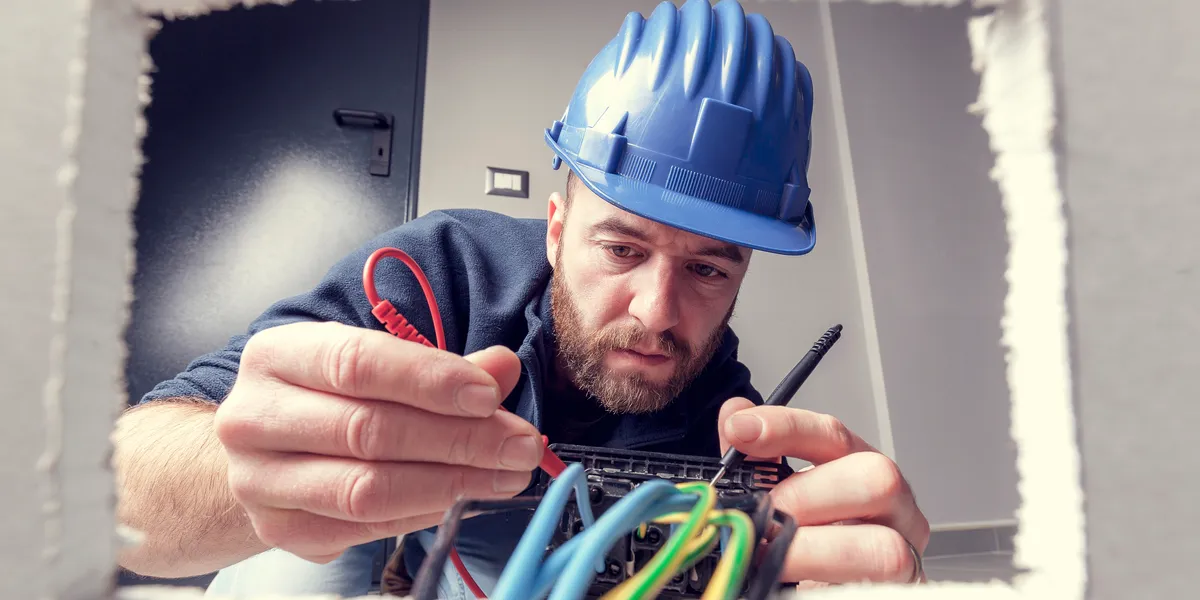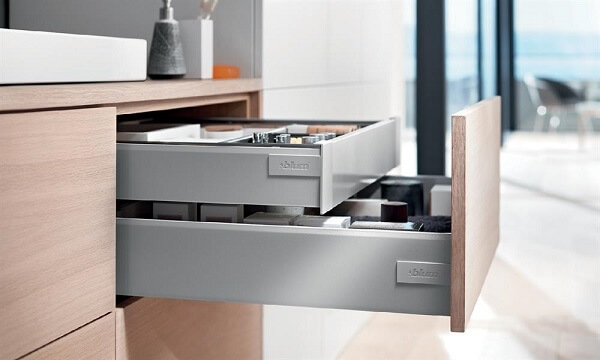Introduction
Using the right set of tools is a prerequisite for electrical projects. If you are considering trying your hand in electrical work for projects around the house or are an electrician by profession, you should know that having functional tools can optimize your productivity and improve the quality of your work. Here’s a guide to the most basic types of tools present in every electrician’s tool kit.
Hand Tools
For easy understanding, I’ve categorized the tools into two types. The first category includes the hand tools used manually and does not require a power source. While these are the essentials that you can easily find at hardware stores, the key is to find ergonomically designed options, so you don’t injure yourself.
Screw Drivers
Yes, screwdrivers can be commonly found in your normal home tool kit, but it is super important to have for electricians. They are the most important tool for an electrician for installing or removing cover plates, outlets, switches, or other devices.
Measuring Devices
From laser measuring tools to your traditional tape measure, you won’t find an electrician without a measuring device on their belt.
Pliers and Wire Strippers
Whether it’s cutting the wires to different lengths, reaching into closed spaces, or tighten clamps, a good set of pliers can do it all. Wire strippers are used to cut and strip the insulation off the wires, which is an important part of any electrical work.
Voltage Tester
This is used to check if there is a voltage in the wire or a conductor before using it and is crucial for a safe and hazardless working experience.
Power Tools
These types of tools require a power source. You can conveniently find corded and cordless options which operate on batteries in the market. So it would help if you looked into different models depending on your application.
Power Drills
Electricians need these power tools to drill holes in metal sheets or concrete walls often used to make room for wires’ passage.
Saws
Depending on the applications, different types of saws come in handy for important steps in electrical projects like cutting metal conduits and armored cables.
Soldering tools These are used to enable a better connection by making splices or tapping connections in wires.












